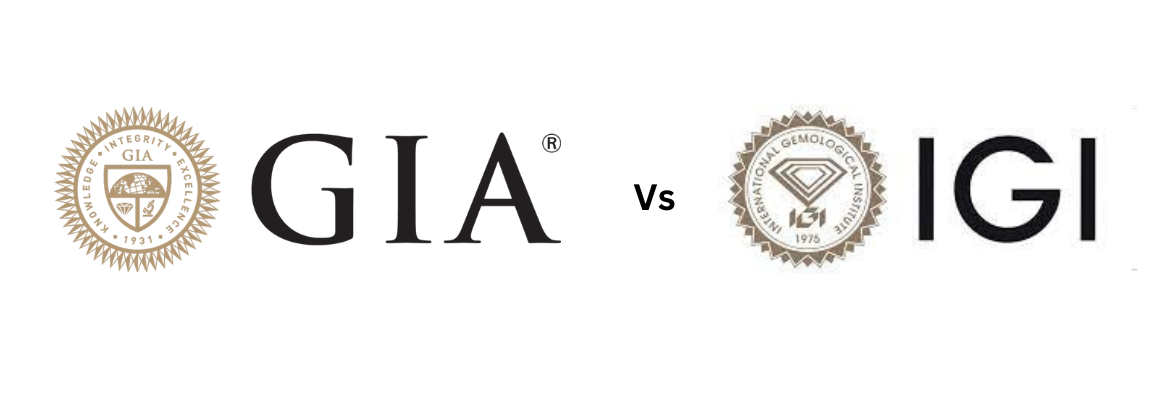Diamonds, the epitome of beauty and brilliance, hold timeless allure. However, navigating the world of diamonds can be daunting, especially when it comes to determining their quality and authenticity. That’s where diamond certification steps in, providing a reliable benchmark for evaluating these precious gems. In this article, we’ll delve into the realm of diamond certification, focusing on two prominent players: GIA (Gemological Institute of America) and IGI (International Gemological Institute).
The Importance of Diamond Certification
Before we plunge into the specifics of GIA Vs IGI, let’s grasp why diamond certification matters. At its core, certification serves as a testament to a diamond’s quality and authenticity. By undergoing rigorous evaluation based on standardized criteria, diamonds earn their credentials, instilling confidence in buyers and facilitating trade with transparent information.
GIA: Gemological Institute of America
Founded in 1931, GIA stands as a beacon of trust in the diamond industry. Renowned for its stringent grading process, GIA meticulously examines diamonds based on the 4Cs: Cut, Clarity, Color, and Carat Weight. Each aspect is scrutinized with precision, resulting in consistent and reliable grading reports. The advantages of GIA certification are manifold, including widespread recognition and unwavering standards upheld by gemological experts.
IGI: International Gemological Institute
Established in 1975, IGI has carved its niche as a leading certification authority with a global footprint. While sharing similarities with GIA in evaluating the 4Cs, IGI offers competitive pricing and accessibility, catering to a diverse clientele. Its certifications are valued in various markets, providing an alternative to GIA for those seeking quality assurance at a reasonable cost.
Comparing GIA Vs IGI
Despite both GIA Vs IGI striving for accuracy and integrity, disparities exist in their grading criteria and market perceptions. While GIA’s stringent standards command reverence, IGI’s pragmatic approach appeals to budget-conscious consumers. These differences influence a diamond’s perceived value and marketability, shaping preferences among buyers and sellers alike.
Which Certification is Better?
The age-old question persists: GIA Vs IGI? The answer lies in understanding individual preferences and priorities. For some, the prestige associated with GIA may outweigh any other considerations, while others may prioritize affordability without compromising on quality. Ultimately, informed decision-making rests on weighing these factors against personal needs and budget constraints.
Misconceptions and Myths
In the realm of diamond certification, myths abound, clouding judgments and fueling misconceptions. Debunking these fallacies is crucial in fostering clarity and confidence among consumers. Certification labs like GIA Vs IGI play a pivotal role in dispelling myths, emphasizing their commitment to transparency and accuracy.
Expert Opinions and Industry Trends
Jewelers and gemologists offer valuable insights into the evolving landscape of diamond certification. Their perspectives shed light on emerging trends and technological advancements shaping the industry. As consumer preferences evolve, lab created diamonds, so too do the standards and practices governing diamond grading.
The Future of Diamond Grading
As technology advances, so does the landscape of diamond grading. Innovations such as AI and blockchain promise to revolutionize the certification process, enhancing transparency and traceability. With evolving consumer demands and regulatory standards, the future of diamond grading is poised for continuous evolution and refinement.
Conclusion
In the labyrinth of diamond certification, GIA Vs IGI stand as pillars of trust, each offering its unique blend of prestige and practicality. Whether you lean towards the illustrious legacy of GIA or the pragmatic allure of IGI, one thing remains certain: informed decisions pave the way for timeless treasures that endure beyond measure.

